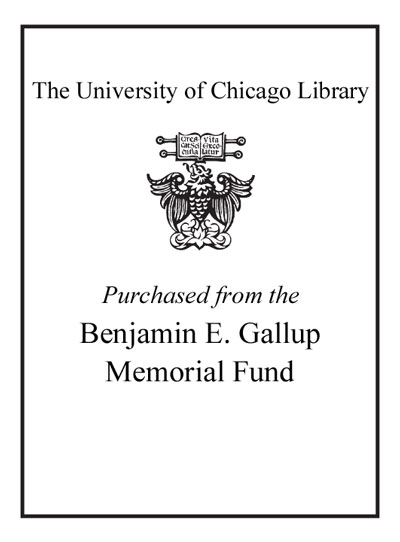On Board the USS Mason : The World War II Diary of James A. Dunn tells the story of the lives of the men on a destroyer escort during World War II, as seen through the eyes of one of the ship's sailors, Signalman James A. Dunn. This volume reprints Dunn's daily diary. Dunn and the other men of the Mason made ten crossings of the Atlantic, protecting merchantmen and troopships from attacks by German submarines and shepherding ships in convoys through horrific weather conditions, including a full-force hurricane. What set the Mason apart from other naval vessels of that time was her crew: most of the crew members were African Americans. In fact, the Mason was unique. She was the only sizeable, oceangoing warship during World War II to employ African Americans in positions other than that of cook or messmate. The men of the Mason were, thus, like the much-better-known Tuskegee airmen in the army airforce. They were pioneers in creating new places for African Americans in the armed forces of the United States. However, there was an important difference: while the airmen had black officers, the sailors had white ones. My father, William M. Blackford, served as the captain of the Mason during all of that ship's crossings of the Atlantic. ... For me, learning about the Mason , mainly from surviving crew members, was a profoundly moving experience. That I would have that opportunity was most unlikely. I owe heartfelt thanks to Mary Pat Kelly, a freelance writer and filmmaker in New York City, for first bringing me together with the men of the Mason . In the late winter of 1995, Kelly published an account of the history of the Mason titled Proudly We Served: The Men of the USS Mason , with the Naval Institute Press in Annapolis, using as the words for her book's title those suggested by the sailors of the ship. She later produced a one-hour documentary film and then a first-run film about the men and their experiences on board the Mason . While Kelly was researching her book, she contacted me for information about my father. As it had happened, my mother had recently passed away (my father had died four years before), and, with my sister, I had just finished going through their house in Seattle to prepare it for sale. In several old, musty cartons in a corner of the basement, I found letters my father had written home during World War II, along with various navy reports. I was happy to supply Kelly with the materials I had for use in her writing. In turn, Kelly introduced me to about a dozen surviving crew members, all that she could locate, at a gathering in her apartment in New York City in the winter of 1994. That get-together, which lasted for several days, was quite an affair for me. Two particular developments still stand out from our initial meeting. First, at the various lunches and dinners, the former sailors took me aside to tell me anecdotes about "the captain" or "the boss"; they never said "your father." My father had never told me much about his wartime experiences, but I learned about some of them from his crewmen: from ramming what they thought was a German submarine in the Straits of Gibraltar (it turned out to probably be a half-sunken barge) to having lively picnics on beaches at Oran in North Africa (where flies were everywhere). Second, navy officers had mounted a museum display about the Mason on board an aircraft carrier temporarily docked in New York City, which I toured with my father's former crewmen. For me, the highlight of that visit came when present-day African American sailors going through the display recognized the World War II men of the Mason , high-fived them, and asked question after question about their experiences. I simply stepped back, watched, and listened. The young men received a personal tutorial from their seniors, then in their seventies and eighties, about what the navy and American society had been like some fifty years before. We left the display about ninety minutes later. Excerpted from On Board the USS Mason: The World War II Diary of James A. Dunn by Mansel G. BLACKFORD All rights reserved by the original copyright owners. Excerpts are provided for display purposes only and may not be reproduced, reprinted or distributed without the written permission of the publisher.

